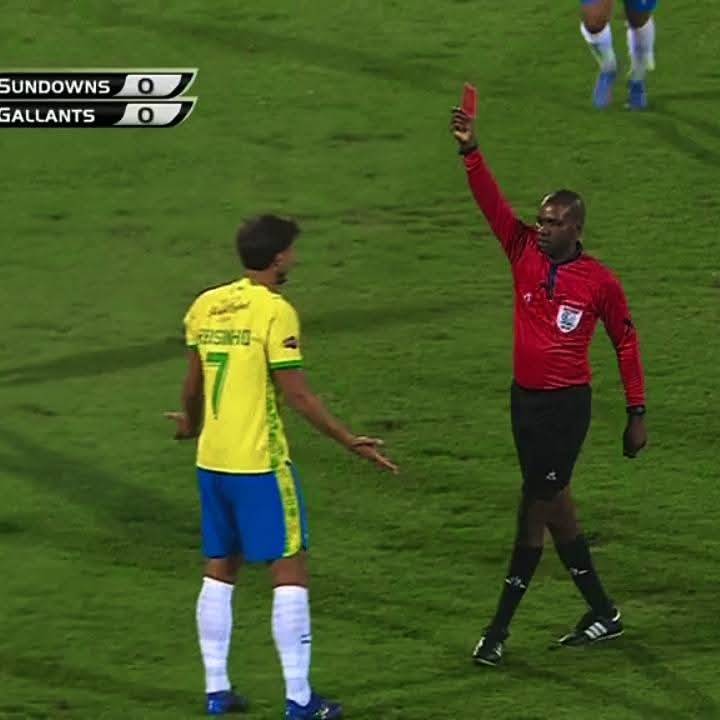Running a football club in South Africa’s Premier Soccer League (PSL) is no small feat—and certainly not cheap. While most clubs don’t publicly disclose their financials, we can piece together a solid estimate of what it takes to keep a team competitive and operational for just one season.
Let’s break it down.
✈️ 1. Travel and Accommodation Costs
South Africa is a big country, and PSL clubs spend a lot of time flying from one province to another for away games.
- A cheap one-way flight: ± R800 per person
- Shared accommodation: ± R800 per person sharing
- A 25-member squad travelling = R40,000 per trip
- Over 15 away games a season, that adds up to about R640,000

🏟️ 2. Hosting Home Matches
According to Panyaza Lesufi, former Moroka Swallows boss, hosting a single PSL home match can cost around R300,000. This includes stadium rental, security, event staff, medical personnel, and other logistics.
- 15 home games × R300,000 = R4,500,000 per season

🏋️ 3. Training Ground Rental
Unless a club owns its own facilities, it likely rents space. For example, in Ekurhuleni, municipal grounds can cost around R20,000 per month.
- Annual training ground cost: R240,000

👥 4. Player Salaries

PSL players don’t come cheap. The average monthly salary per player is estimated at R50,000.
- 25 players × R50,000 = R1,250,000 per month
- Annually: R15,000,000
🧠 5. Technical and Support Staff
This includes coaches, medical staff, analysts, and logistics personnel. Combined, their salaries can average around R355,000 per month.
- 12 months × R355,000 = R4,260,000

📊 Estimated Total Yearly Cost: R24,680,000
That’s before you even factor in:
- Training gear and kits (home and away)
- Player and staff bonuses
- Hidden or unpredictable costs (injuries, extra travel, marketing, etc.)
🪙 How Do PSL Clubs Pay for This?
Each PSL club receives a monthly grant of R2 million from the league, which totals R24 million a year.
Sounds like enough? Not quite.
❗ The Harsh Reality: No Sponsors, No Profit
For clubs with no sponsors, this means they operate at a loss. The grant barely covers the basics—and only if costs are tightly controlled. Clubs without additional revenue streams like sponsorships, merchandise sales, or significant gate takings are constantly in survival mode.
This is why many smaller clubs rely on their owners’ contributions to keep them afloat. Without that backing, long-term sustainability becomes almost impossible.
🧾 In Summary
Running a PSL club may be a dream—but without sponsors or private investment, it’s a very expensive dream. Until revenue-generating opportunities grow—through TV deals, merchandise, or better stadium attendance—many clubs will continue to walk a tightrope between ambition and bankruptcy.



















